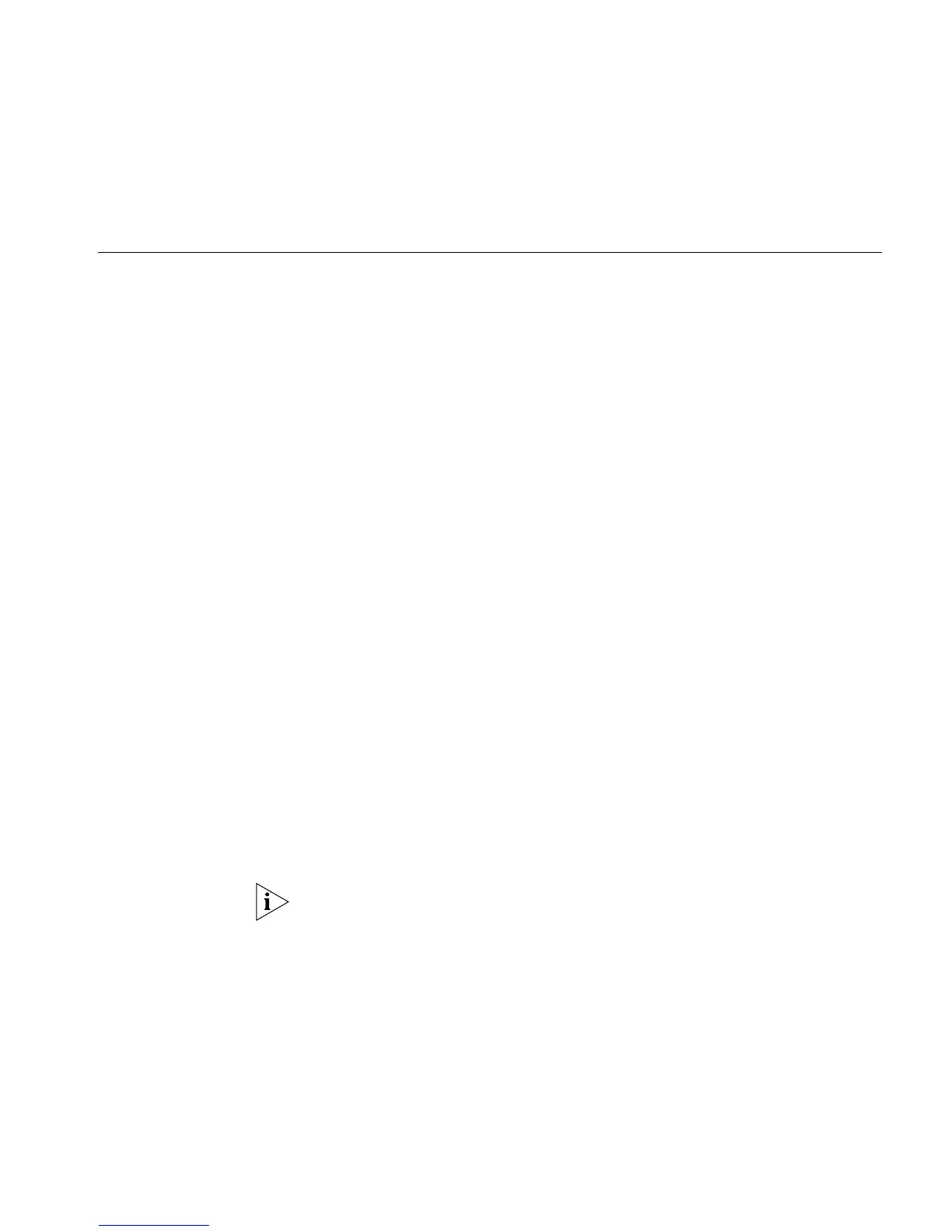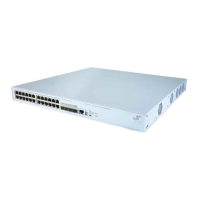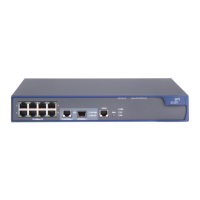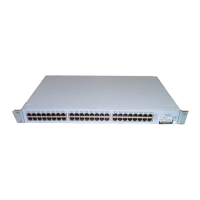
 Loading...
Loading...
Do you have a question about the 3Com Switch 4500 26-Port and is the answer not in the manual?
| Total Ports | 26 |
|---|---|
| Manageable | Yes |
| Jumbo Frame Support | Yes |
| Model | Switch 4500 26-Port |
| Features | VLAN support, QoS |
| Compliant Standards | IEEE 802.3, IEEE 802.3u, IEEE 802.3z |
| Status Indicators | Port status |
| Authentication Method | RADIUS |
| Power Supply | Internal |
| Dimensions (W x D x H) | 440 x 260 x 44 mm |
| Storage Humidity | 10 - 95% (non-condensing) |
Provides an overview of the Switch 4500 family models and supported services.
Introduces the concept of stacking multiple switches into a single logical unit.
Explains how to establish a connection and log in to the switch for configuration.
Details the characteristics and capabilities of the switch's command-line interface.
Describes how to configure user interfaces for managing the switch and its data.
Details the configuration of Ethernet ports, including speed, duplex, and link types.
Explains how to configure link aggregation for increased bandwidth and reliability.
Explains Virtual Local Area Networks (VLANs) and their role in network segmentation.
Outlines the steps for creating and deleting VLANs.
Details the configuration of Voice VLANs for prioritizing voice traffic.
Introduces Power over Ethernet (PoE) capabilities of the PWR switches.
Covers tasks like enabling/disabling PoE, setting power output, and managing overload.
Explains IP address classification, indications, and configuration methods.
Details Address Resolution Protocol (ARP) and its configuration.
Covers Dynamic Host Configuration Protocol (DHCP) for IP address assignment.
Explains how to control user access to network resources.
Introduces IP routing protocols and their function.
Details how to configure static routes for network connectivity.
Explains how to implement policies for filtering routing information.
Introduces Access Control Lists (ACLs) and their role in packet filtering.
Details Quality of Service (QoS) features for traffic management.
Explains how to configure ACLs for controlling user access.
Explains IGMP Snooping for multicast group management.
Covers the configuration steps for enabling IGMP Snooping.
Provides troubleshooting steps for IGMP Snooping issues.
Introduces the concept of stacking multiple switches for increased capacity and reliability.
Details configuring VLAN unit IDs, stack name, and authentication.
Provides a practical example of configuring a switch stack.
Introduces Spanning Tree Protocol (STP) for loop prevention.
Explains how to implement Rapid Spanning Tree Protocol (RSTP).
Details RSTP configuration changes based on switch position in the network.
Provides an overview of IEEE 802.1X for port-based network access control.
Details how to implement 802.1X on the switch, including extensions.
Lists the main configuration tasks for 802.1X.
Explains MAC address authentication for user access control.
Provides an overview of AAA and RADIUS for network security.
Provides an overview of the flash file system for storage management.
Covers operations for creating, deleting, and displaying directories.
Details operations for managing files, including deletion and renaming.
Explains how the switch maintains a MAC address table for packet forwarding.
Covers setting MAC address table entries and aging time.
Describes how to display and debug the MAC address table.
Explains the functions of device management for system state and debugging.
Details the procedure for rebooting the switch when failures occur.
Guides on upgrading the BootROM with a remote program.
Describes commands to display and debug device management configurations.
Covers basic system settings like hostname, clock, and time zone.
Details enabling and disabling terminal debugging for troubleshooting.
Explains how to control terminal debugging output.
Introduces Simple Network Management Protocol (SNMP) and its applications.
Covers main SNMP configuration tasks.
Details setting SNMP community names and access authorities.
Covers enabling/disabling SNMP trap messages.
Introduces Remote Network Monitoring (RMON) and its standards.
Lists RMON configuration tasks like alarm and event table management.
Guides on adding/deleting entries in the RMON alarm table.
Covers adding/deleting entries in the RMON event table.
Introduces Network Time Protocol (NTP) for time synchronization.
Explains different NTP modes like client/server, peer, broadcast, and multicast.
Guides on configuring the switch to operate in NTP server mode.
Explains how to configure the switch for NTP peer mode.
Details configuring the switch for NTP broadcast mode.
Covers configuring the switch for NTP multicast mode.
Explains how to configure NTP authentication on clients and servers.
Explains the benefits and features of Secure Shell (SSH) for secure remote access.
Covers tasks related to configuring the SSH server.
Details the steps to configure an SSH client for establishing connections.
Introduces the password control features for managing user passwords.
Explains how to configure password aging parameters and alerts.
Covers settings for limiting login attempts and handling failures.
Provides an example of password control configuration.
Introduces the two password systems and bootrom protection.
Explains bootrom password configuration and recovery.
Describes the process of recovering lost bootrom passwords.
Guides on setting up a RADIUS server using third-party applications.
Details the setup of RADIUS clients like Windows 2000/XP and Aegis.
Explains the integration of Cisco Secure ACS with 3Com Switches.
Guides on configuring the Cisco Secure ACS server for authentication.










